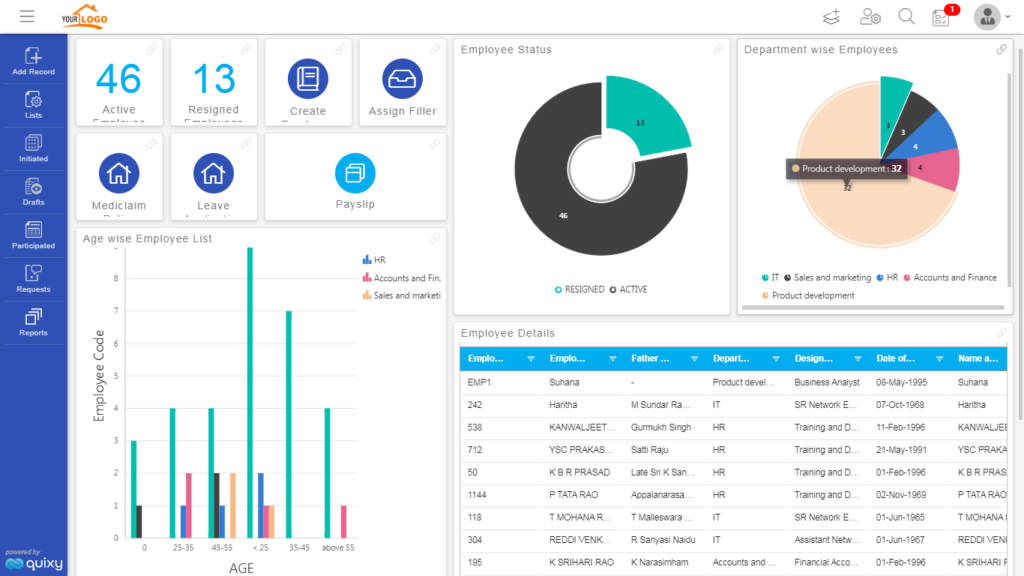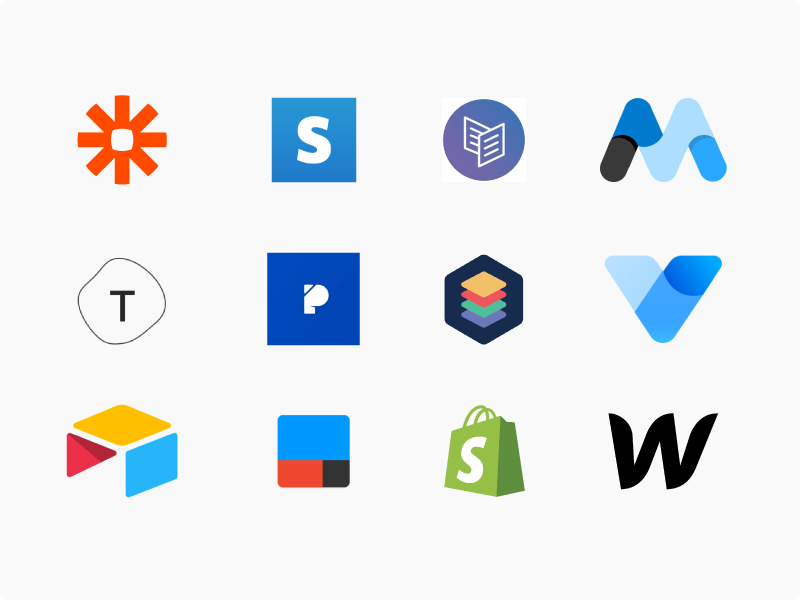No-Code Open Platform Data Source Creation: Streamline Complicated Development Jobs
No-Code Open Platform Data Source Creation: Streamline Complicated Development Jobs
Blog Article
Discover Just How Scalable Databases Can Be Used Without Coding to Improve Your Organization Operations
In today's fast-paced service setting, the capability to manage and assess data efficiently is paramount. Scalable data sources, particularly when coupled with no-code options, provide a transformative strategy that equips non-technical individuals to simplify operations. By employing tools that need no coding proficiency, companies can enhance their functional capabilities while minimizing dependancy on IT resources. The actual question lies in understanding just how these services can be customized to particular business needs and what possible hurdles might occur in their application. Checking out these aspects can light up the path to operational quality.
Understanding Scalable Data Sources
Scalable databases are vital for contemporary service procedures, enabling companies to successfully handle increasing volumes of data without giving up efficiency. These data sources are developed to adapt and grow to the altering needs of a company, making certain that they can take care of larger datasets and even more complex inquiries as organizational requirements develop.
Recognizing scalable data sources entails recognizing their 2 primary types: upright scaling and straight scaling. Upright scaling, or "scaling up," entails adding more power (CPU, RAM) to an existing web server to improve efficiency. Conversely, straight scaling, or "scaling out," entails including much more servers to disperse the load, which often leads to better versatility and mistake resistance.
One more critical element is the architecture of scalable databases, which can be either relational or non-relational. Relational data sources, such as MySQL and PostgreSQL, are structured and utilize SQL for queries, while non-relational databases, like MongoDB and Cassandra, offer more versatility with disorganized information.
Ultimately, understanding scalable databases is important for organizations intending to take advantage of data as a critical asset, allowing them to continue to be competitive in a significantly data-driven setting.

Advantages of No-Code Solutions
Opening the capacity of no-code options equips companies to simplify procedures and boost productivity without the demand for extensive programs understanding. These systems permit non-technical users to produce, customize, and take care of databases effortlessly, thus democratizing access to innovation throughout teams.
Among the primary benefits of no-code options is their speed of application. Organizations can promptly deploy applications and automate processes, substantially decreasing the time invested in development cycles. This agility allows companies to react immediately to market changes and customer needs, promoting an affordable side.
In addition, no-code platforms decrease dependence on IT divisions for everyday tasks, allowing technological groups to focus on even more complex projects that call for specialized skills. This shift not only optimizes source allowance yet also promotes development within the organization.
Cost-effectiveness is one more benefit, as no-code services can decrease growth and upkeep expenses. By lessening the requirement for coding experience, firms can harness the capacities of their existing workforce without the expenses of working with additional workers.
Popular No-Code Data Source Tools
The surge of no-code solutions has actually caused the development of different data source devices that accommodate businesses looking for performance and ease of access. These tools equip users with limited technological proficiency to produce, manage, and manipulate databases perfectly.

Caspio stands apart for its capacity to build internet applications with no coding. It enables services to create durable databases and release applications promptly, satisfying various industry requirements. In a similar way, Flair uses user-friendly user interfaces and powerful information management abilities, allowing companies to build customized applications customized to their process.

Usage Cases in Company Workflow
Just how can services take advantage of data source devices to improve their operations? Scalable databases give organizations with powerful capacities to manage and examine information without the requirement for considerable coding understanding. These tools can simplify various service processes, inevitably resulting in enhanced performance and productivity.
One prominent usage instance is client relationship administration (CRM) Businesses can use scalable data sources to track customer interactions, preferences, and comments, allowing personalized interaction and better solution. By systematizing this information, teams can collaborate more properly and react to client needs in real-time.
Another significant application is stock management. Business can employ no-code data source devices to keep track of stock levels, track shipments, and forecast need. This ensures optimum stock levels, decreases waste, and next reduces stockouts.
Additionally, project management can gain from scalable databases by enabling groups to take care of jobs, deadlines, and resources in a combined system. With real-time updates and information visualization, job managers can make enlightened choices.
Beginning With Execution
Implementing scalable databases in organization procedures calls for an organized technique to guarantee successful assimilation and use. The very first action is to conduct a comprehensive needs assessment, identifying particular service needs, information kinds, and expected development patterns. This foundational understanding will certainly direct the choice of the suitable database service.
Next, select an easy to use, no-code data source system that aligns with your functional goals. no-code. Many contemporary options offer user-friendly user interfaces, enabling non-technical customers to handle data properly. After choosing a system, establish a clear information architecture that describes just how information will certainly be organized, accessed, and maintained
Training is critical; make certain that employee are outfitted with the necessary skills to make use of the data source. Take into consideration offering tutorials or workshops to acquaint team with the system's functionalities.
Conclusion
Finally, the assimilation of scalable data sources through no-code solutions provides considerable benefits for organization procedures. These systems encourage non-technical customers to efficiently take care of and assess information, facilitating boosted decision-making and cooperation. By embracing devices such as Airtable and Concept, companies can enhance procedures and minimize reliance on IT resources. Inevitably, leveraging these innovations can bring about enhanced performance and operational performance, positioning organizations for continual development in an affordable landscape.
One prominent no-code data source device is Airtable, which incorporates the capability of a spread sheet with the power of a database.Just how can services leverage database devices to boost their procedures? Organizations can make use of scalable databases to track customer communications, preferences, and comments, enabling tailored communication and far better solution.Applying scalable data sources in organization operations needs an organized method to visit this page guarantee effective combination and usage.In verdict, the integration of scalable data sources through no-code solutions presents considerable advantages browse around here for service operations.
Report this page